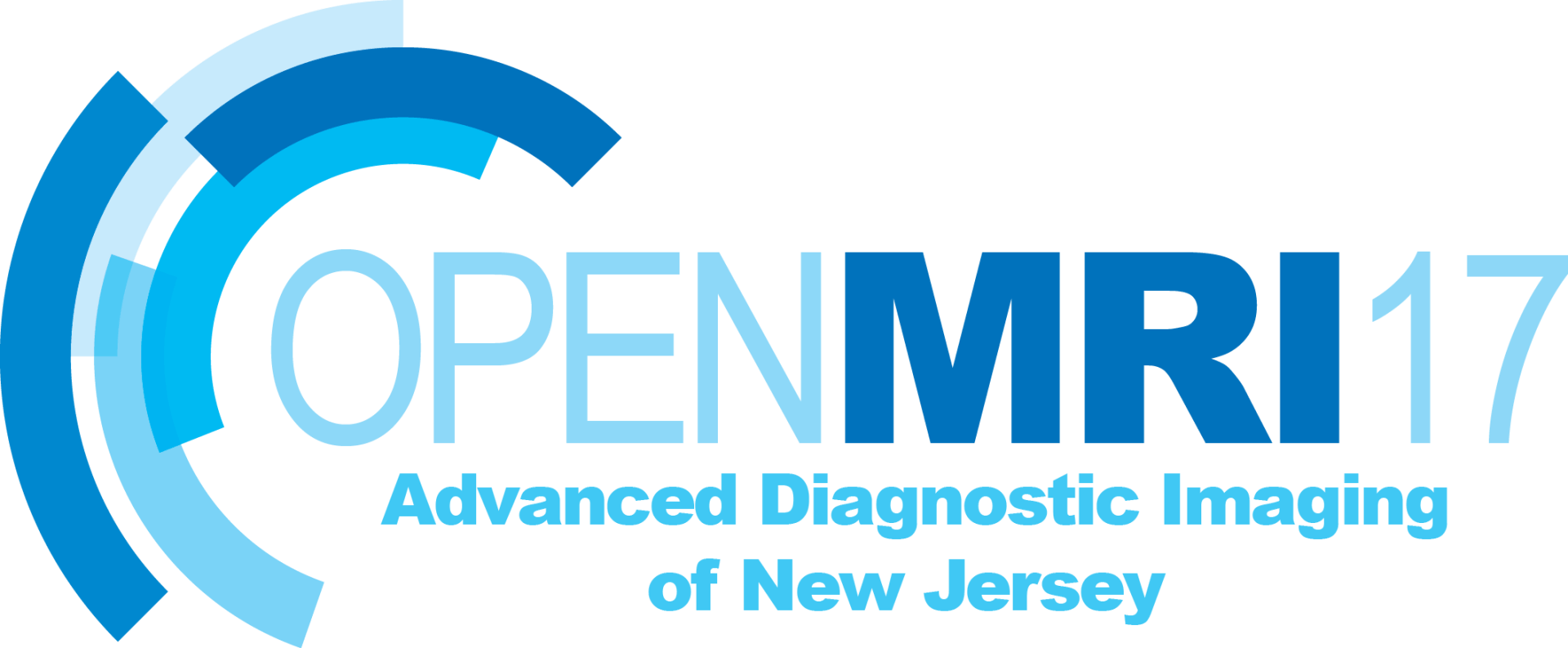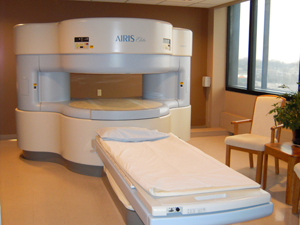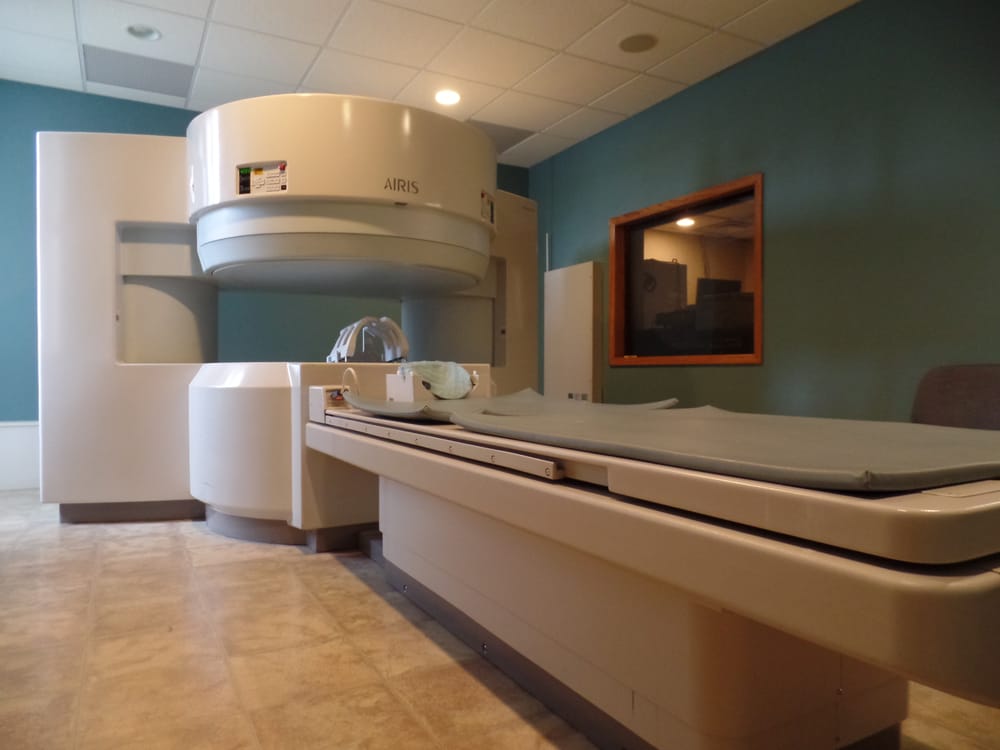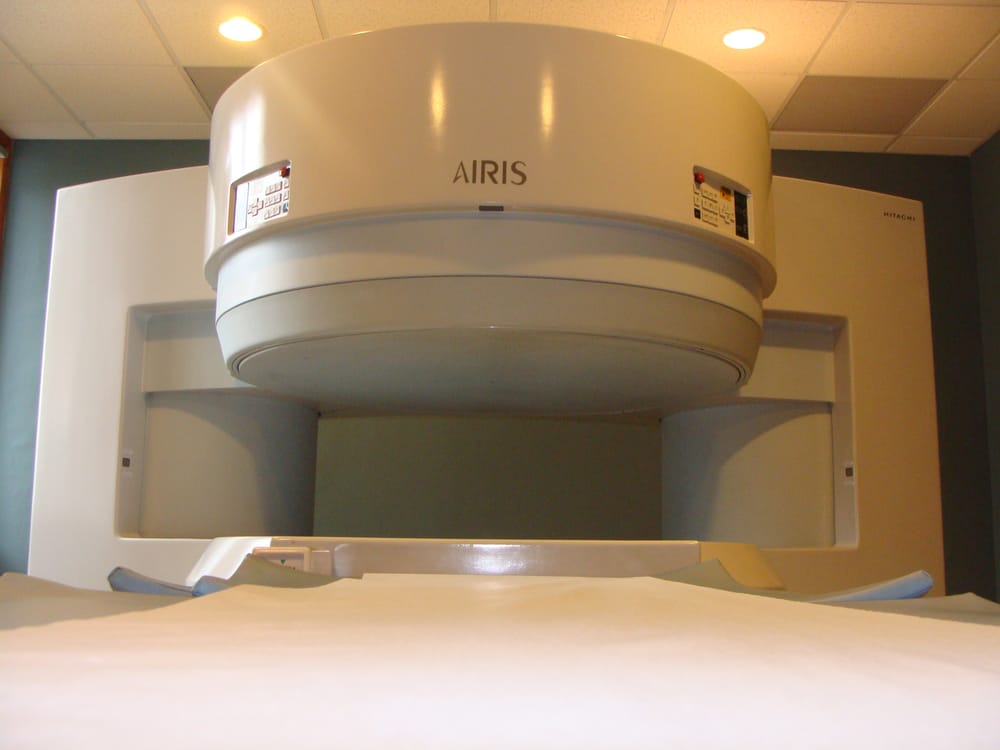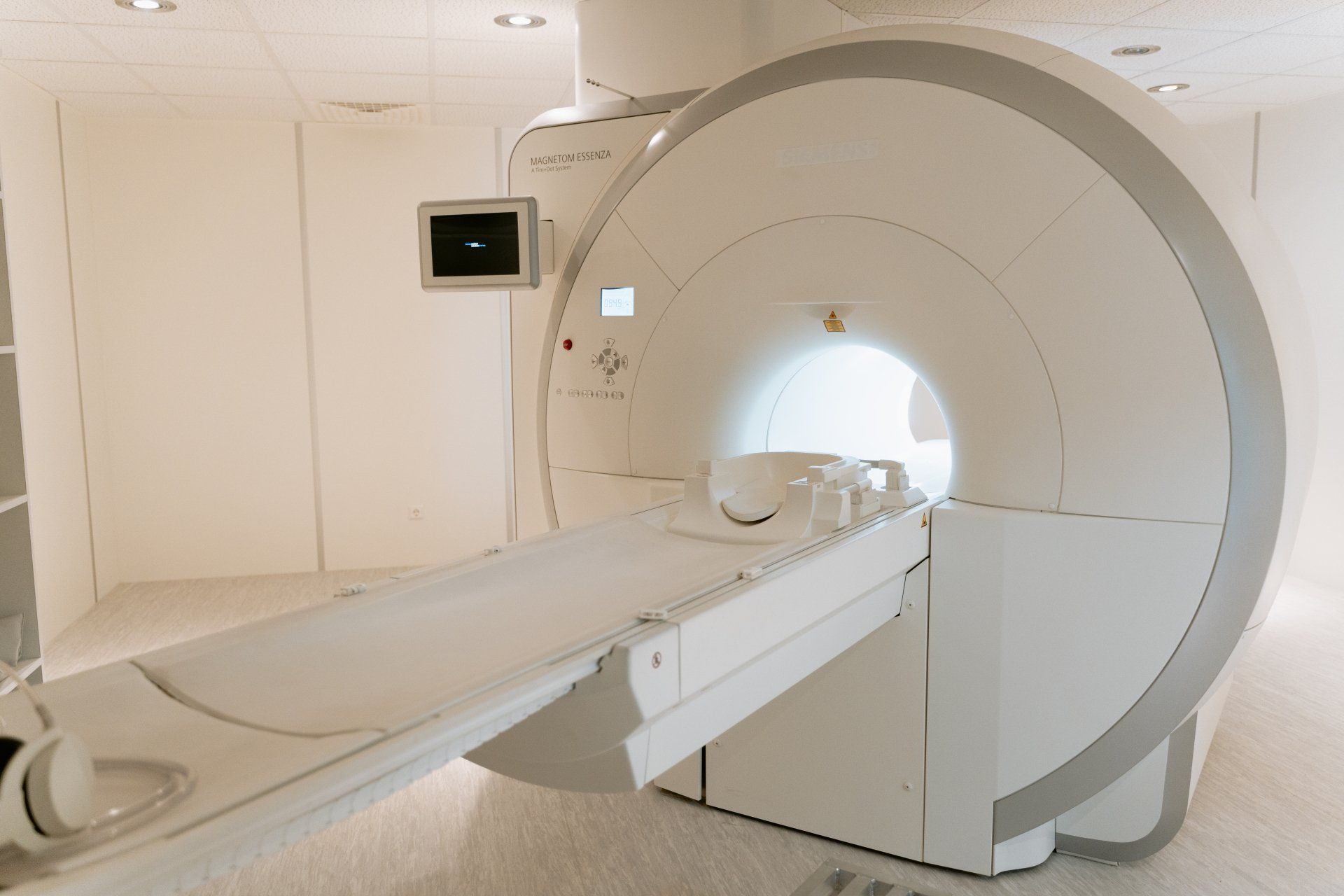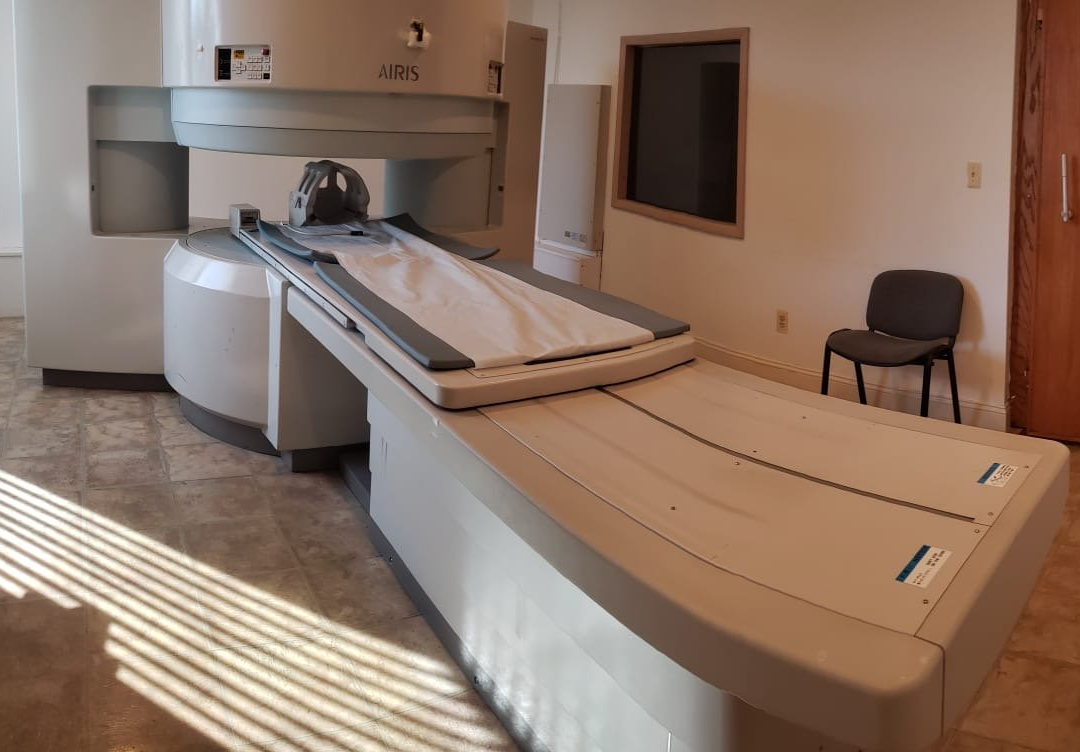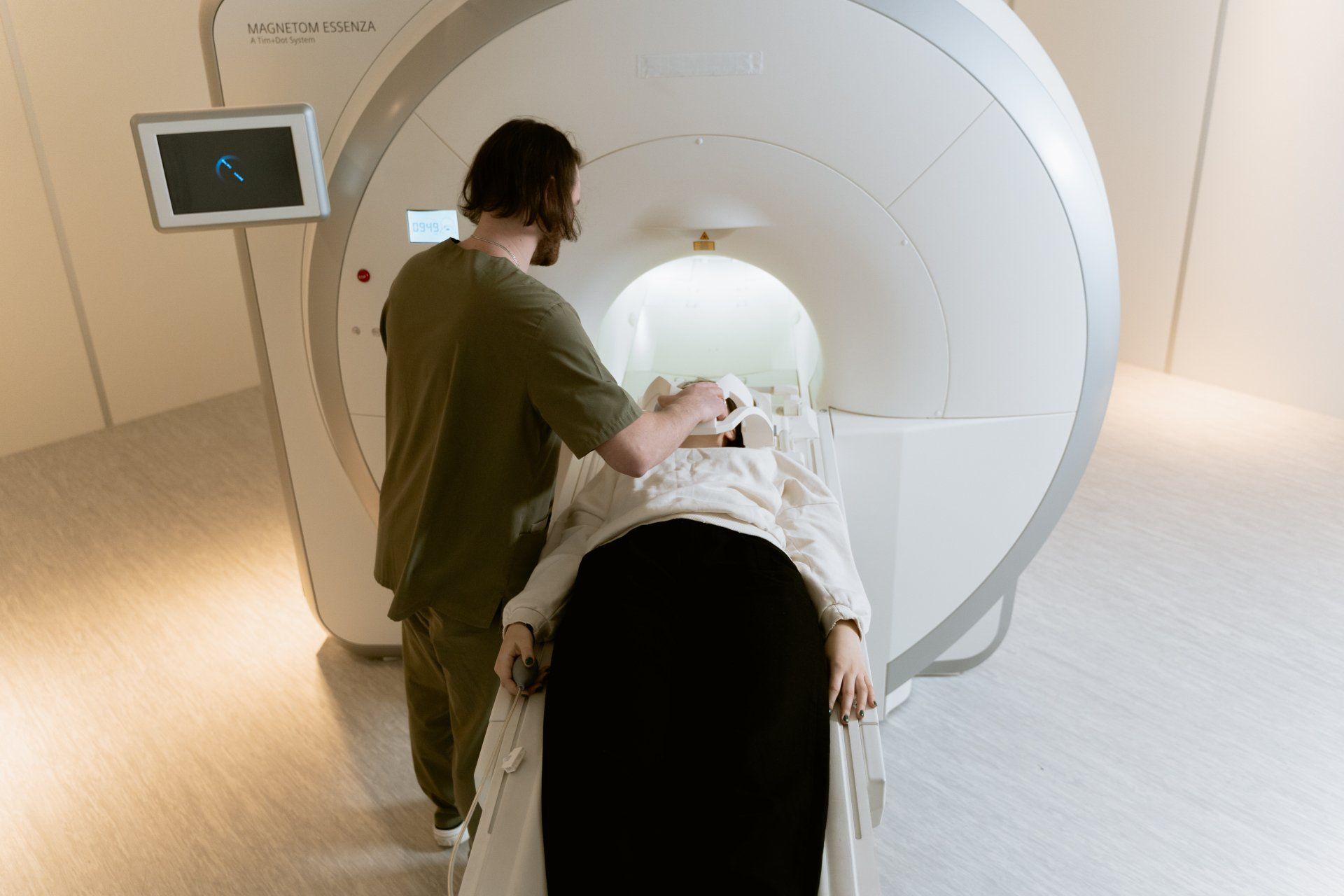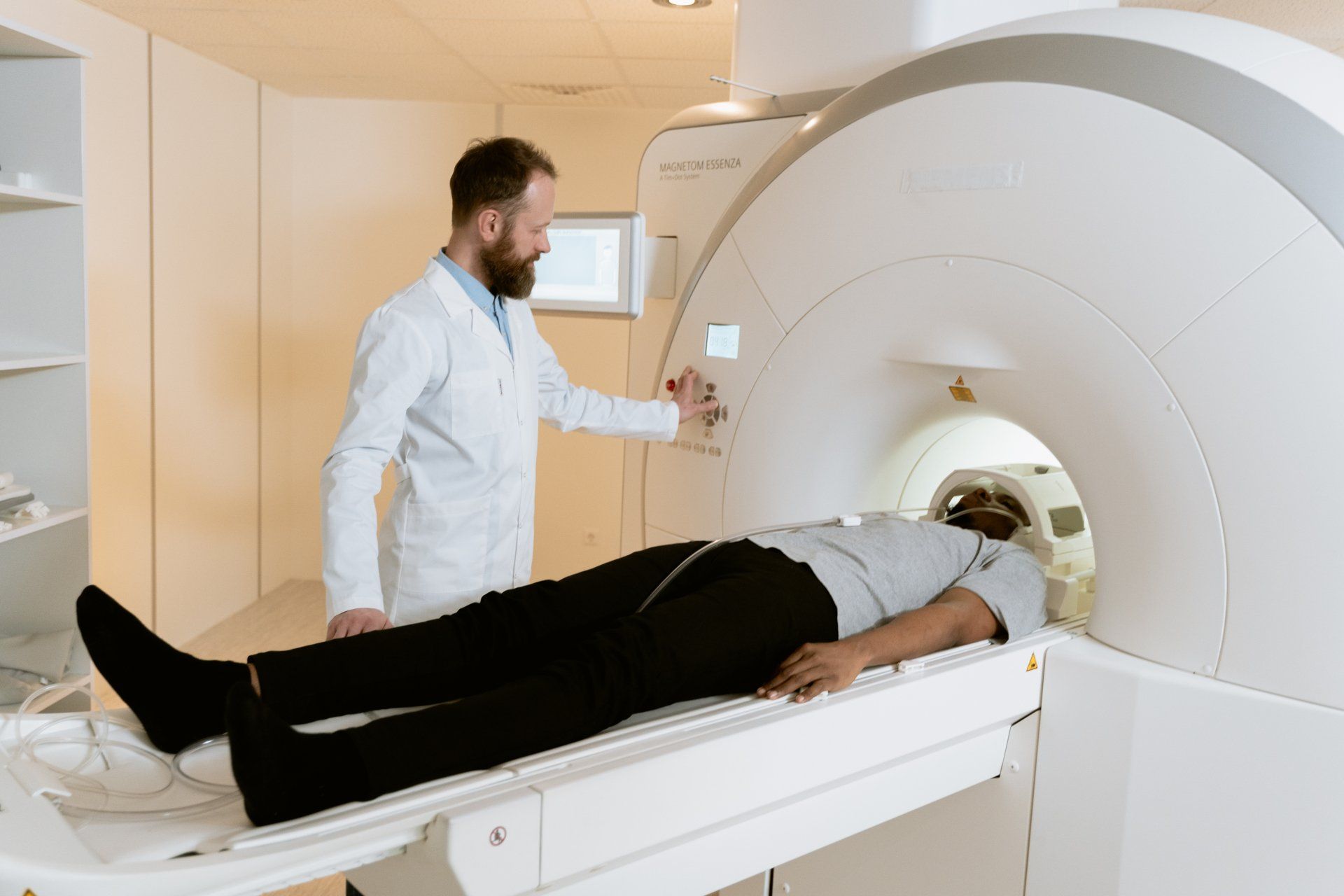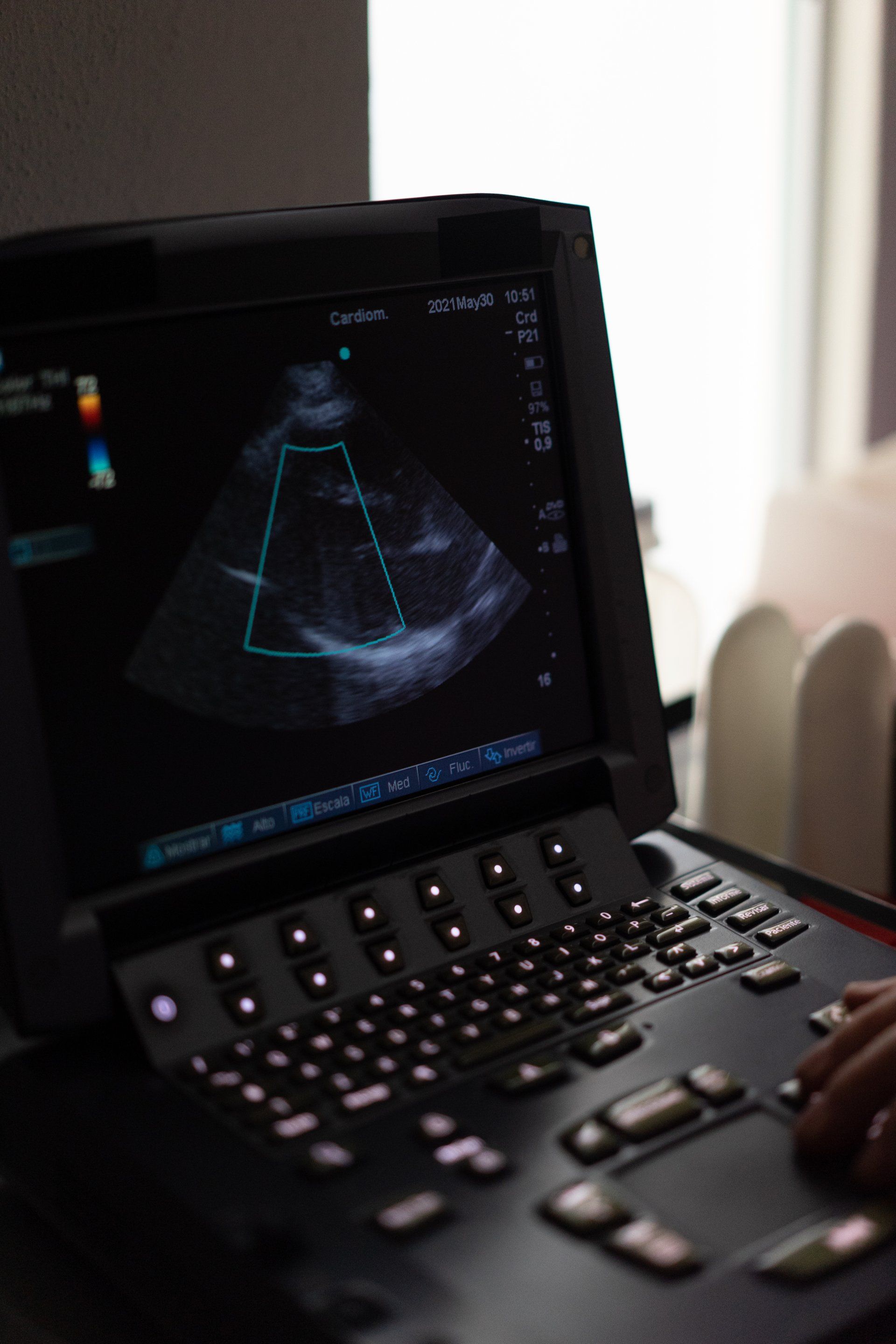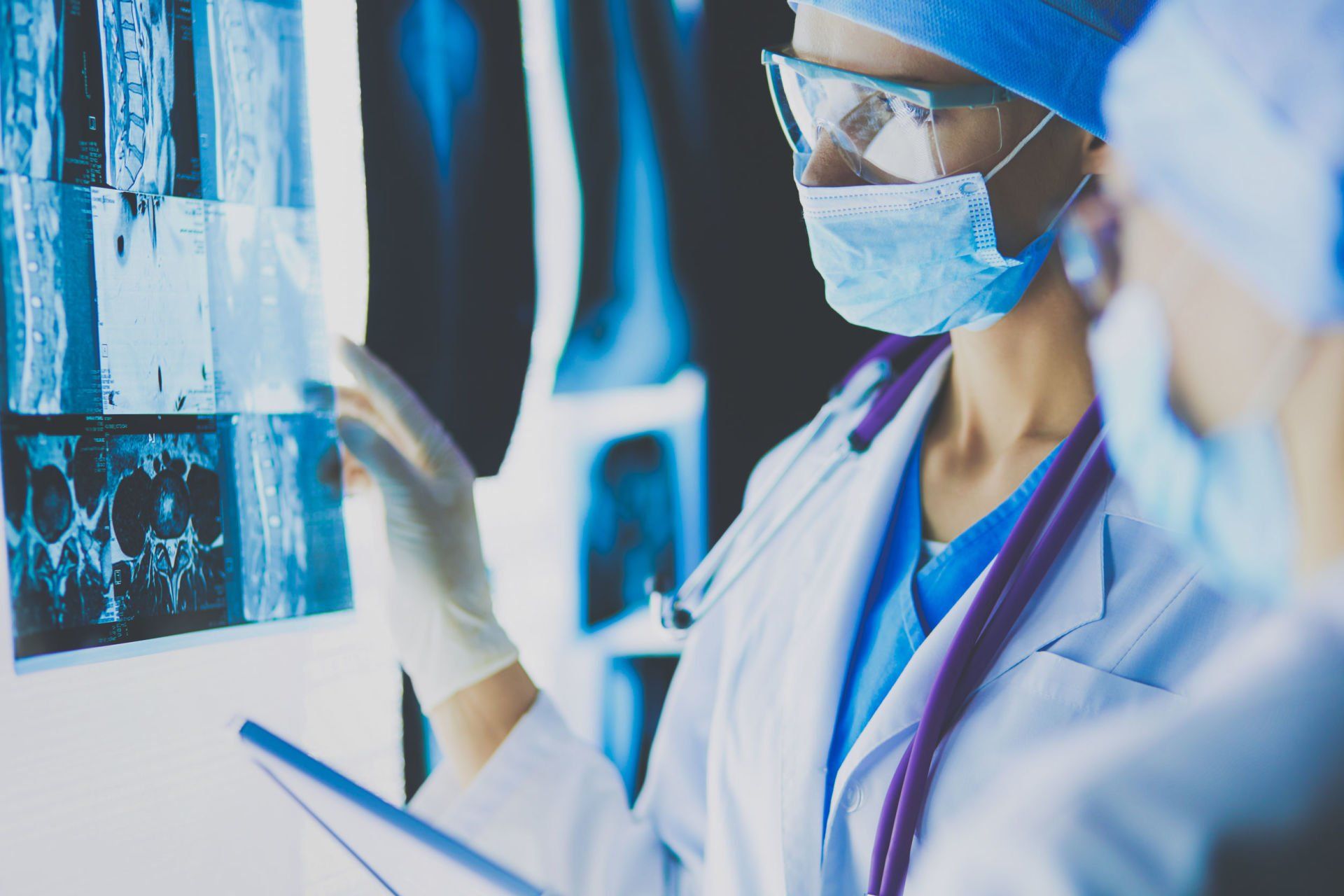Ultrasound: Purpose, Procedure, and Preparation
Ultrasound procedures, also called sonography, are widely popular for examining expecting mothers non-invasively. But doctors use this diagnostic imaging method for many other applications in the medical field. They provide real-time images of focus organs and tissues using high-frequency sound waves called ultrasound. They are relatively safer than other imaging techniques that use radio waves. If your doctor has asked you for an ultrasound test, it is best to learn more about it to make the entire procedure easier.
Applications of Ultrasound
Ultrasounds have a plethora of diagnostic applications depending on the patient and the type of ultrasound. It is also used for guidance during advanced medical procedures like biopsies. Let us look at some more applications of sonography-
- To detect pregnancy and estimate the gestational period.
- To analyze fetal health and its position.
- For evaluating congenital disabilities.
- To detect abnormalities in the heart, kidneys, and abdomen.
- To diagnose blockages in the gall bladder and blood vessels.
- To assess and identify the thyroid gland for cancerous growth.
- To spot prostate gland disorders in men.
- To investigate lumps and bumps on the skin.
Procedure for an Ultrasound-
You will be asked to lay down on a table with the focus area exposed for the procedure. The sonographer will then apply lubricating jelly to the targeted area. The lubricating jelly prevents air pockets and friction during the process and allows easy gliding of the transducer. It also increases the transmitting efficiency of the sound waves. The transducer is then used to send high-frequency sound waves through your body. When the sound waves hit an object or organ, they are reflected back, and the computer reads them to form an image.
Preparing for an Ultrasound-
Preparation required for an ultrasound depends on the area or organ being diagnosed. Here are some cases to prepare you in advance-
- For abdominal ultrasound: Your doctor will suggest you to fast for 8-12 hours before your test as the undigested food can interfere with sound waves reaching the targeted organs, making the image unclear.
- For gallbladder, pancreas, liver, and spleen ultrasound: You may be asked to eat only fat-free food the day before, and fast until the test. However, you can take any medications with water.
- For uterus, kidney, and urinary bladder: You will be asked to drink a lot of water and avoid emptying your bladder until the test. It improves the image quality by increasing visualizations of the internal organ structure.
- For skin lump ultrasound: No special preparation is required for analyzing skin lumps.
About Open MRI 17-
Do you need an open MRI to diagnose any underlying health disease or possible fracture? Open MRI 17 is an Outpatient Diagnostic Imaging Center located on Route 17 in Paramus, New Jersey. We provide high-quality imaging services, including MRI, CT Scans, Ultrasound, Echocardiogram, and X-Ray. Excellent patient care, comfort, and experience are some of our top priorities. From the moment you walk in till the moment you leave, you will be greeted with a smile and treated like family. In addition, you’re also assured of a quick follow-up with results.
Visit
our website, call (201) 368-2005, or
email us to learn more and schedule your appointment with us.
